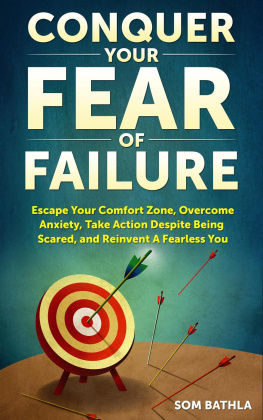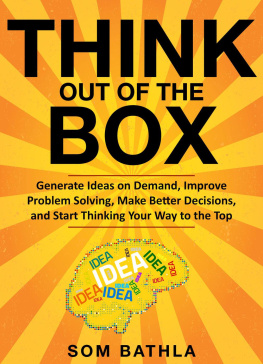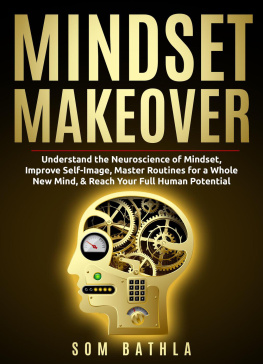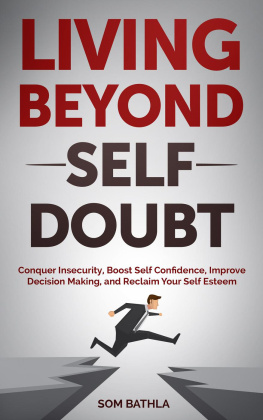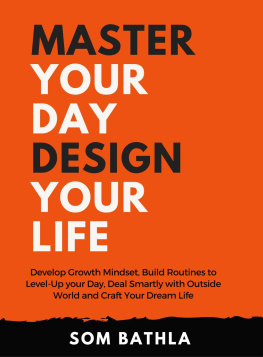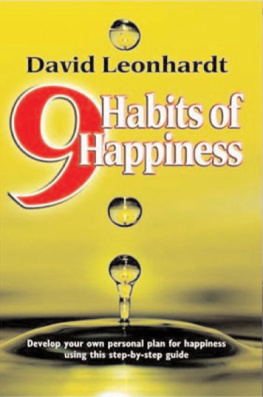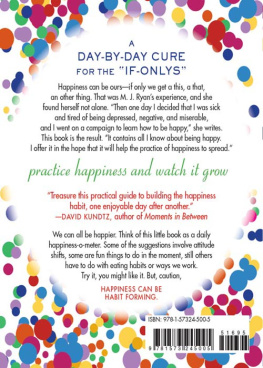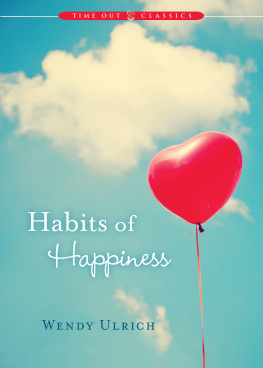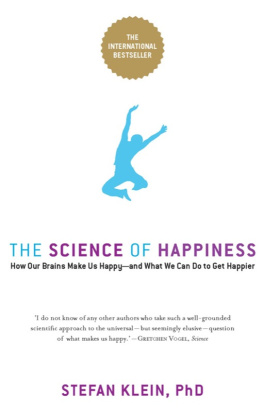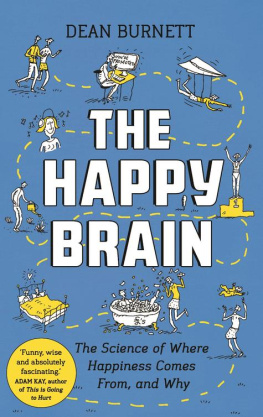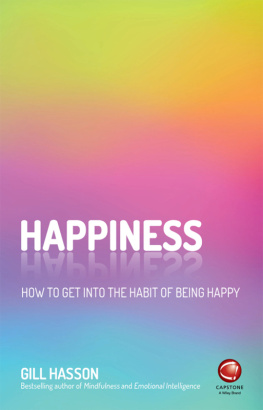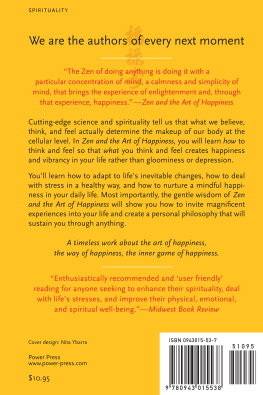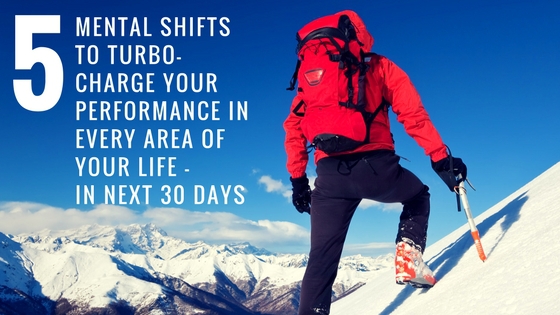Som Bathla - Build A Happier Brain: The Neuroscience and Psychology of Happiness. Learn Simple Yet Effective Habits for Happiness in Personal, Professional Life and Relationships (Power-Up Your Brain)
Here you can read online Som Bathla - Build A Happier Brain: The Neuroscience and Psychology of Happiness. Learn Simple Yet Effective Habits for Happiness in Personal, Professional Life and Relationships (Power-Up Your Brain) full text of the book (entire story) in english for free. Download pdf and epub, get meaning, cover and reviews about this ebook. year: 2019, publisher: Independently published, genre: Religion. Description of the work, (preface) as well as reviews are available. Best literature library LitArk.com created for fans of good reading and offers a wide selection of genres:
Romance novel
Science fiction
Adventure
Detective
Science
History
Home and family
Prose
Art
Politics
Computer
Non-fiction
Religion
Business
Children
Humor
Choose a favorite category and find really read worthwhile books. Enjoy immersion in the world of imagination, feel the emotions of the characters or learn something new for yourself, make an fascinating discovery.

- Book:Build A Happier Brain: The Neuroscience and Psychology of Happiness. Learn Simple Yet Effective Habits for Happiness in Personal, Professional Life and Relationships (Power-Up Your Brain)
- Author:
- Publisher:Independently published
- Genre:
- Year:2019
- Rating:5 / 5
- Favourites:Add to favourites
- Your mark:
Build A Happier Brain: The Neuroscience and Psychology of Happiness. Learn Simple Yet Effective Habits for Happiness in Personal, Professional Life and Relationships (Power-Up Your Brain): summary, description and annotation
We offer to read an annotation, description, summary or preface (depends on what the author of the book "Build A Happier Brain: The Neuroscience and Psychology of Happiness. Learn Simple Yet Effective Habits for Happiness in Personal, Professional Life and Relationships (Power-Up Your Brain)" wrote himself). If you haven't found the necessary information about the book — write in the comments, we will try to find it.
Do you feel stressed and anxious when despite your best efforts, things dont turn out the way you expected? or
Do you feel overwhelmed and confused why happiness doesnt last long even if you achieve some of your goals?
For most people a generating happiness remains a challenge for as long as alifetime, because they look for happiness at wrong places.
They base their happiness solely on material things like money, possessions or other people. They think rich people are happier or their happiness depends on events like new year or celebrations solely. But thats a big happiness myth.
Do you want to explore how happiness happens really?
In fact happiness starts with you - when you make a choice to become happier.
Learn the Psychology, Neuroscience and Art of happiness, Master Powerful Habits and Invite a State of Unconditional Happiness
BUILD A HAPPIER BRAIN is both a theory as well as offers a lot of practical ways to be happier. It will enrich your rational brain with psychological theories and neuroscience based on decades of happiness research, and alongside tell you about how of happiness through daily effective habits to invite joy in your personal life, work life and relationships.
- Why happiness is the way to a stress-free, healthier, productive and successful life.
- Most common reasons people are unhappy today and what to do about it.
- Learn how you are already in top 5% (or maybe 1%) of the worlds population, and be instantly happy.
- Assess your level of happiness currently, and how you fared so far in your life through simple quizzes and assessment.
- How both hedonic (pleasure), and eudaimonic (a life of meaning) aspects of happiness contribute together a life of ultimate joy and fulfilment.
- Learn 5 key aspects to generate lasting happiness four life.
- Learn 3 different theories of human needs that drive your behavior and action to enhance the level of your happiness.
- Know about 4 neurochemicals that generate happiness in your brain.
- How you can generate a daily happiness DOSE of your brain chemicals by following simple practices.
- You dont need any happy brain supplements, rather you needs the habits of a happy brain.
- Learn 7 happiness habits to make yourself happier in your personal life.
- Learn how to be happier in relationship and at work with a dozen habits.
- Learn how to be happier in life unconditionally with these 4 pillars of unconditional happiness.
Dalai Lama once rightly said:
Happiness is not something ready-made. It comes from your own actions.
You deserve a most joyful life, if you know how to experience it and take the right actions.
Som Bathla: author's other books
Who wrote Build A Happier Brain: The Neuroscience and Psychology of Happiness. Learn Simple Yet Effective Habits for Happiness in Personal, Professional Life and Relationships (Power-Up Your Brain)? Find out the surname, the name of the author of the book and a list of all author's works by series.

